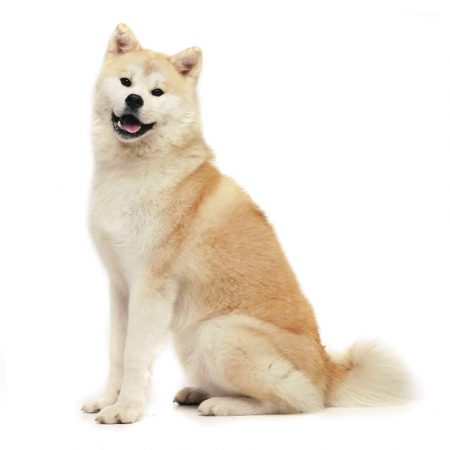Japanese Akita
Group 6: Utility
Height:
Male: 64 – 69 cm
Female: 60 – 65 cm
Weight:
Male: 32 – 39 kg
Female: 23 – 29 kg
Energy Level: Moderate
Original Function: Hunting, guarding
Lifespan: 10 – 12 yrs
Recommended for: Experienced and knowledgeable handlers. Not a Beginners Dog
Note: If not well socialised from a young age may become aggressive towards other dogs

